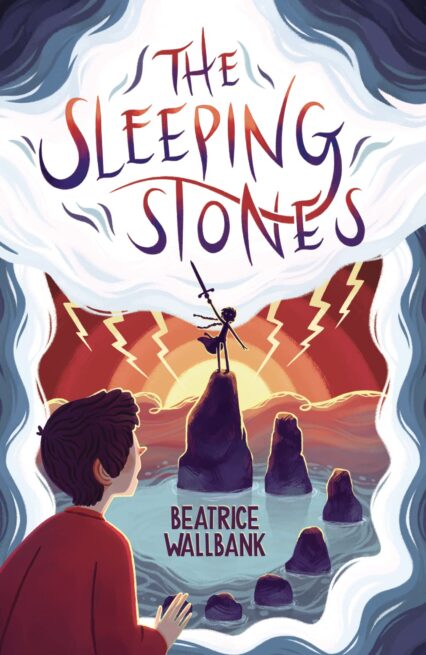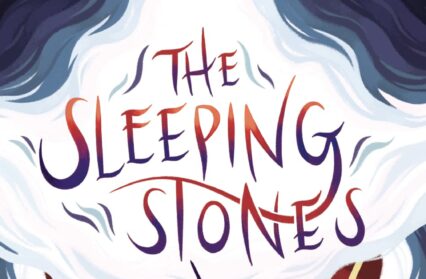Ffion Beynon takes a look at a debut novel which packs a punch as she delves into the world of pseudo-Arthurian legend in Beatrice Wallbank’s young adult novel, The Sleeping Stones.

You could argue that Beatrice Wallbank’s debut novel, The Sleeping Stones, is exactly what you want from a debut, an exciting and captivating read which, although intended for a young audience, creates an inviting fantasy world where legends come alive on a modern stage. Focused on magic and mythology, the novel is able to combine the modern demographic of a 21st century Welsh community with a pseudo-Arthurian legend, reminiscent of traditional Welsh folklore. The characters created by Wallbank reflect the diverse yet tight-knit community that is so commonly found throughout Wales. There is a familiarity to the community presented here, it could be any little town in any region of Wales. It is easy to relate to one of the many characters in the novel, regardless of age, as the tapestry of gender, race and sexuality painted by Wallbank puts a mirror up to modern Welsh society. Through this novel, Wallbank has created a fresh tale of self-discovery rooted in the feeling of hiraeth.
Gruff lives with his family on a small Welsh island struggling to keep their sheep farm standing. Upon the arrival of another young person on the island, Matylda, Gruff becomes drawn to the Sleeping Stones, a line of rocks leading out to the Irish Sea. Strange events begin to take place upon Mat’s arrival, as if the island itself has begun to waken, calling out to the pair to share its secrets. Griff and Mat must discover the truth behind the legend of the Stones in order to save their communities from a magic, destructive storm which threatens to destroy the island entirely.
Both of the novel’s central narratives, that of the adults of the islands struggling to keep a small community together through a period of strained finances and that of the children discovering the magic of their own land, weave a compelling tale which immerses the reader in a journey of understanding why home is feeling created by the people around you. Wallbank emphasises throughout this novel that children are perceptive and resourceful, understanding of a lot more than we give them credit for. By enjoying this story as an older reader, it serves as an important reminder not to underestimate the potential of young people.
Throughout The Sleeping Stones, Wallbank continuously integrates the Welsh language into dialogue. This is done in a way which is easy to understand even if the reader has no Welsh at all, as the incorporation of Matylda facilitates the explaining of the Welsh language and even culture. Beatrice Wallbank makes the overlapping of Welsh and English dialogue feel organic, it sounds just like any other little corner of Wales This level of Welsh within this novel is a great introduction to conversational Welsh, easy to understand with a basic knowledge of the language but enough to evoke a sense of pride at seeing the language in an English-medium print.
Reminiscent of an Arthurian legend, this novel puts together a mosaic of folklore and culture to produce a fresh tale with all the right fantasy components. The use of the sea as the foreboding villain, personifying it through characters like Dylan and Mat, creates an exciting dynamic which, with the use of a strong imagination, can be applied to any coastal area of Wales. The misunderstood villain being the sea itself is a relatable fixture throughout the novel and one that can be easily identified in real life.
The Sleeping Stones is available now, through Firefly Press.











